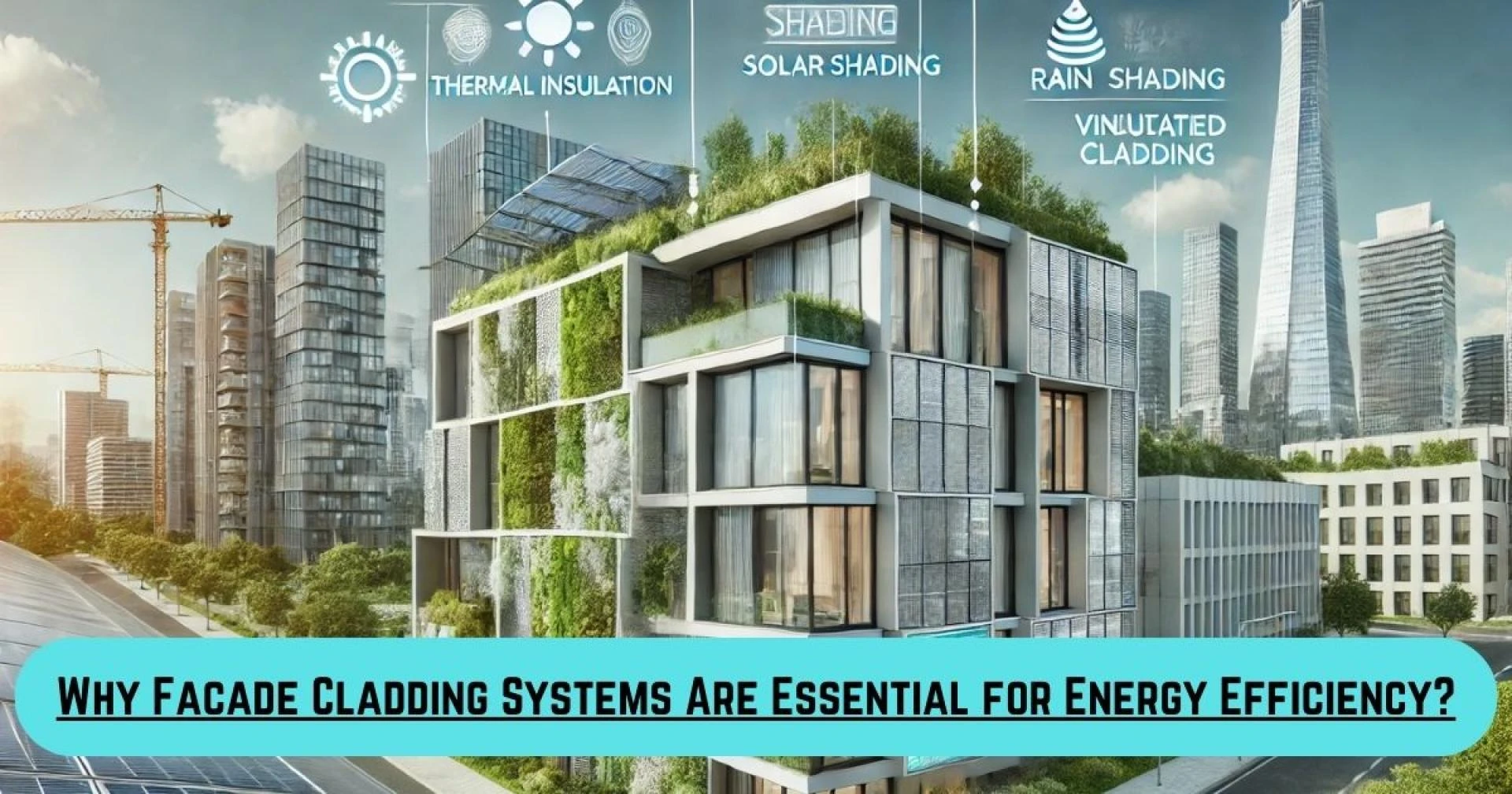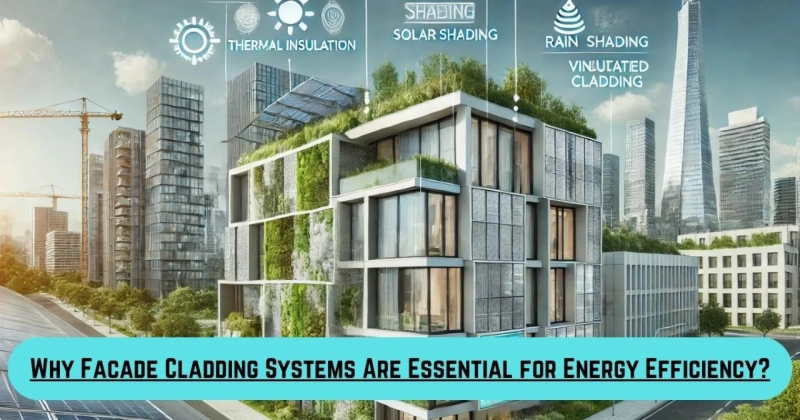In the modern world of architecture and sustainable construction, facade cladding systems have become the necessities that go beyond aesthetics. These systems contribute towards energy efficiency; durability and performance of the buildings. To actually know their value in the construction industry, let us begin with the basics.

What Is A Facade Cladding System?
A facade cladding systems is the protective layer or covering which is integrally attached to the outer wall of a building. It can be available in a number of materials like metals, stones, glass, wood, or composite panels. The major use of it is to protect the building envelope from environmental attack, but the significance lies much deeper.
Role of Facade Claddings in Energy Efficiency
The facade claddings are, therefore, important components of energy efficiency in buildings. They play an important role in sustainable design and hence the overall environmental performance of buildings.
- Thermal Insulation and Energy Retention: Facade cladding systems serve primarily as thermal barriers between indoors and outdoors. They prevent the summer heat from entering the interiors and retain warmth within during winters. Such natural insulation minimizes the artificial temperature dependency, thus contributing to energy savings.
- Reduced Load on HVAC Systems: The cladding system substantially minimizes the stress on heating and cooling systems by maintaining the perfect balance of temperatures indoors. This ultimately leads to reduced electricity consumption, lower operation costs, and increased lifespan of HVAC equipment.
- Moisture Control and Breathability: Contemporary facade systems ensure proper ventilation which, in turn, prevents moisture build-up inside walls. Thus, this leads to a healthier indoor atmosphere and maintains the performance of thermal insulation materials.
How Technology Helps In Making Energy-Efficient Facade Claddings
Technology has a crucial role in the development of energy-efficient facade claddings through improved material efficiency and allowing for precise, performance-driven designs.
- Installation of Smart Building Systems
- Using Innovative Construction Materials and Techniques
- Digital Design Tools to optimize thermal efficiency during planning
These technological advancements help in conserving the energy of façade cladding systems and also provide sustainable, economical, and forward-looking solutions for buildings.
Conclusion
Facade cladding systems are more than just design features; they are an intelligent solution for energy-efficient buildings. They improve insulation, and reduce energy use for the building, and this is what adds a long-term value that makes them a basic choice in modern sustainable construction.


